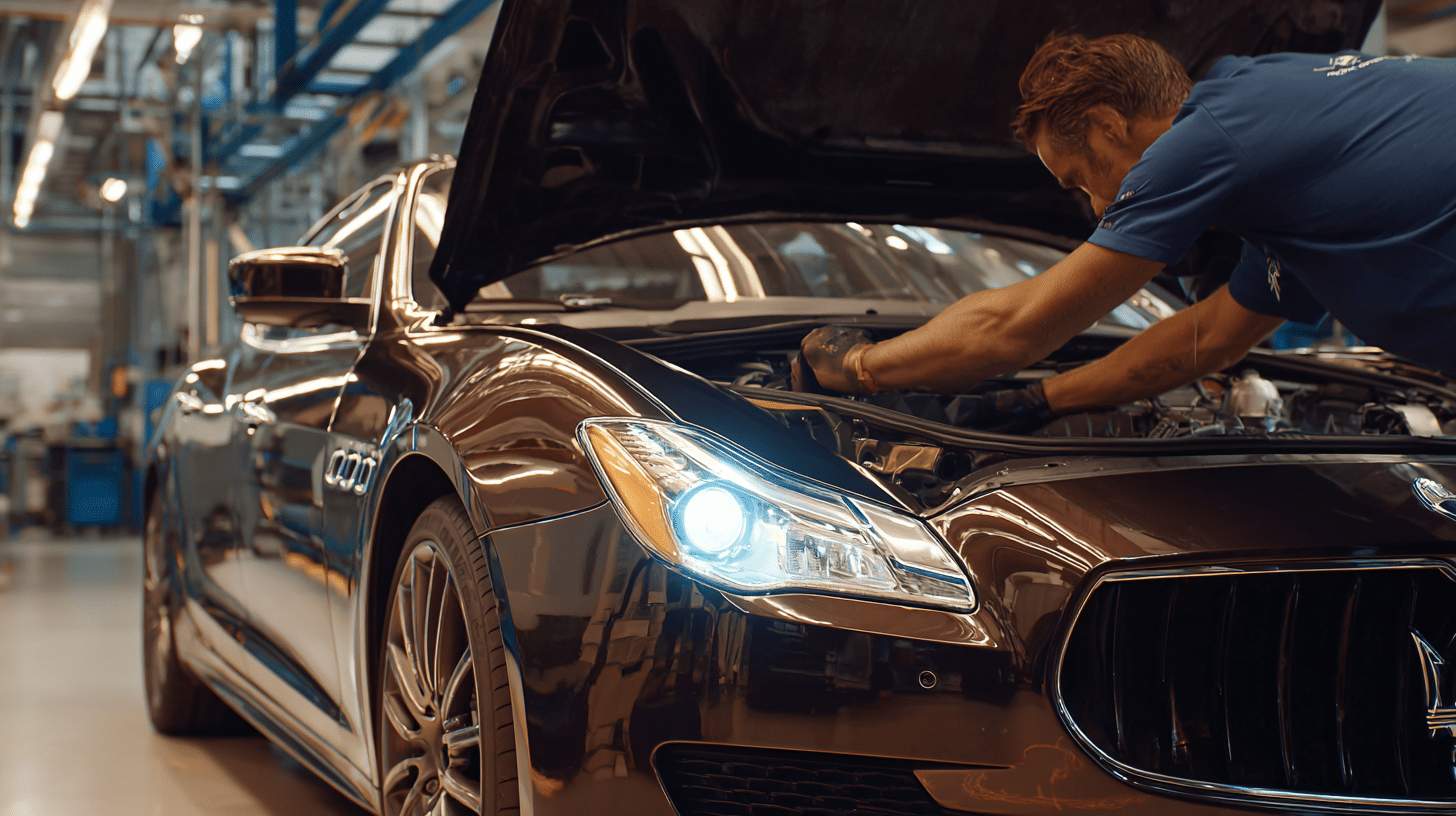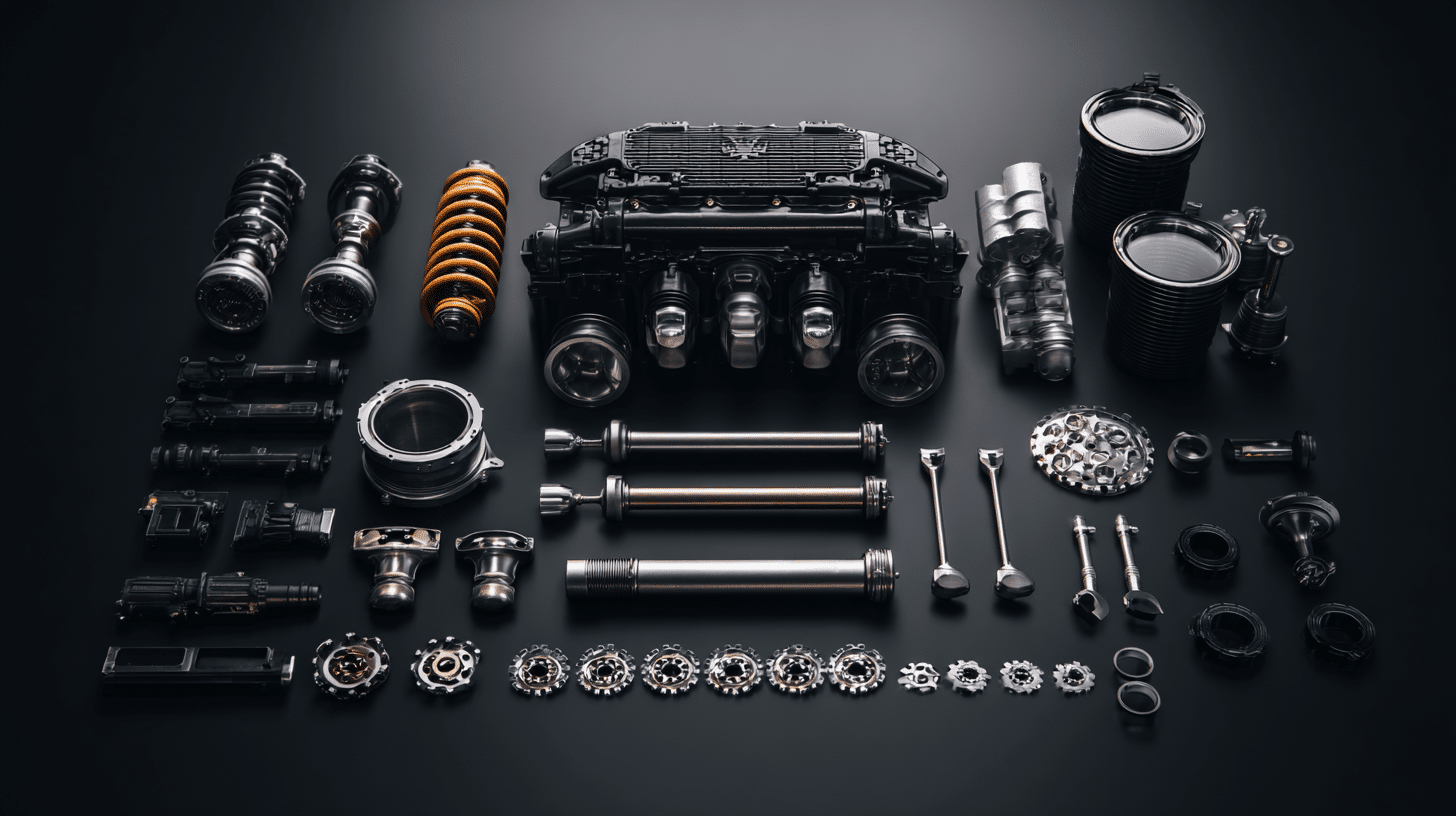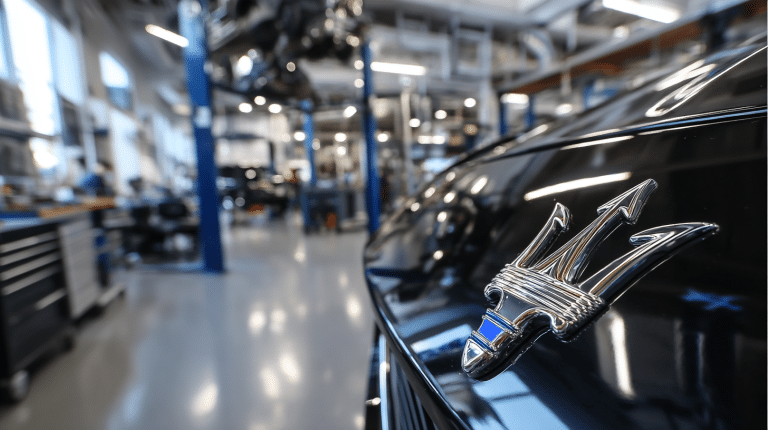I still remember the first time I drove a Maserati. It sounded like thunder and looked like it belonged in a movie.
It turned heads, no question. However, after a few months of ownership, I realized something no one mentions upfront: the cost of maintaining that beast.
If you’re wondering how much it really costs to maintain a Maserati, you’re in the right place. I’ve done the homework, spoken with other owners, and examined the actual numbers.
I’ll walk you through typical maintenance costs, model comparisons, service schedules, and even how it compares to other luxury brands. You’ll get real-world advice, not sales talk.
By the end, you’ll have a clear idea of what you’re signing up for.
Is Maserati Maintenance Expensive?

In short, yes. Maseratis are high-performance vehicles. They’re built with precision parts, tuned engines, and systems that need trained hands. That means you can’t just take it to any neighborhood mechanic.
A lot of the cost comes from:
- Specialized parts that aren’t easy to find
- Labor from certified techs with brand-specific training
- Fewer service centers compared to brands like BMW or Lexus
Even basic services tend to cost more just because it’s a Maserati. Plus, some shops charge more just to work on exotic or lesser-known brands, even if the job is simple.
You’re paying for expertise, not just the repair.
Maserati Maintenance Cost Breakdown by Model

Not all Maseratis cost the same to maintain. Each model has its own service needs, and the price tag reflects that. Some are sportier and more complex. Others are daily-driver friendly but still demand premium care.
If you’re budgeting for ownership, it helps to know what you’re likely to spend year by year. This is how your average yearly maintenance cost will look for popular Maserati models:
| Model | Estimated Annual Cost |
|---|---|
| Ghibli | $1,000 – $1,400 |
| Levante | $1,200 – $1,600 |
| Quattroporte | $1,400 – $2,000 |
| GranTurismo | $1,800 – $2,500 |
These numbers are just ballpark figures. Actual costs can shift depending on:
- How much do you drive
- Your driving style (daily commute vs. weekend fun)
- Location (labor rates, road conditions, climate)
- Age and mileage of the car
- If you take it to a dealership or stick with a trusted local specialist
I paid around $1,200 in my first year with a Ghibli. But a buddy in L.A. shelled out nearly $1,800 for the same model. His shop rates were steeper, and he drove it harder.
So even with the same car, your maintenance bill might look a lot different. Knowing the averages gives you a baseline, but real costs come down to how and where you drive, and who works on your car.
Maserati Maintenance: Schedule and Cost

Keeping a Maserati in good shape takes more than just an occasional oil change. Like any high-end performance car, it follows a tighter schedule with more costly service points. Knowing when to expect certain jobs can help you budget smarter and avoid surprises later.
Below is a general idea of the most common maintenance tasks, how often they’re needed, and what they typically cost:
| Service | Frequency | Estimated Cost |
|---|---|---|
| Oil change | Every 10k miles or once a year | $400 to $800 |
| Brake pads/rotors | Every 2–3 years | $1,200 to $2,000 |
| Spark plugs | Every 37,500 miles | $400 to $600 |
| Major service (60k miles) | Every 4–5 years | $2,500+ |
Now, the place you choose for service can make a big difference in what you pay. For example:
- Oil change at a Maserati dealership: Around $700
- Oil change at a skilled independent shop: Closer to $450
Dealerships tend to charge more because they use factory parts, offer official records, and have techs trained by the brand. That peace of mind can be worth it, especially while your car’s still under warranty.
Independent shops can be more affordable, but not all of them are used to working on Maseratis. If they’re not familiar with the systems, even a simple job can go sideways fast. I’ve heard stories of basic work turning into expensive fixes just because someone cut corners or used the wrong part.
So it’s not just about cost, it’s about trust. Choose a shop that knows what they’re doing, even if it means spending a bit more upfront.
It could save you thousands later!
Maserati vs. Other Luxury Brands

If you’re looking at a Maserati, chances are you’ve also considered brands like BMW, Mercedes, or Audi. They’re all stylish, fast, and built with performance in mind. But when it comes to maintenance costs, Maserati tends to land on the higher end of the scale.
This is a side-by-side look at what you might expect to pay per year:
| Brand | Estimated Annual Cost |
|---|---|
| Maserati | $1,400 to $2,000 |
| BMW | $1,000 to $1,400 |
| Audi | $900 to $1,200 |
| Mercedes-Benz | $1,200 to $1,800 |
| Lexus | $600 to $1,000 |
Maserati’s higher cost mainly comes down to a few things:
- Limited availability of parts: Parts often need to be shipped in from overseas, and they’re not stocked as widely as those for German or Japanese brands
- Fewer certified service centers: Not every town has a Maserati dealership or trained technician
- Specialized care: These engines and systems require more precision and brand-specific tools
Take Lexus, for example. It’s known for reliability and ease of service. Most towns have multiple shops that can work on a Lexus, and parts are easy to get.
Audi and BMW aren’t far behind; they might require premium care, but they have larger support networks and parts chains.
Mercedes-Benz sits a little closer to Maserati, especially in models with air suspensions or AMG packages. But even then, Mercedes still has wider dealership coverage and more mechanics familiar with their systems.
With Maserati, the smaller footprint and exotic design mean you’ll often pay more for things like a sensor, a fluid flush, or even a basic inspection.
You’re not just buying performance and luxury, you’re also buying into a more exclusive maintenance experience.
How Reliable Is a Maserati Over Time?
From what I’ve seen and read on forums, Maseratis aren’t known for being super reliable. Some models do better than others, but common issues include:
- Suspension problems (especially with adaptive air setups)
- Electrical glitches in infotainment systems
- Transmission troubles in older models
If your car is under warranty, some of this might be covered. But once it expires, repairs can get pricey fast. One guy I spoke with paid $4,000 for an electrical repair on his Levante after the warranty ended.
That’s why a lot of folks either sell before the warranty ends or buy extended coverage.
DIY vs. Dealership vs. Independent Shop
There’s more than one way to service a Maserati. This quick breakdown shows what each option offers.
| Service Option | Pros | Cons |
|---|---|---|
| Dealership | Maserati-trained technicians Uses OEM parts Tracks service history for resale |
Highest cost Limited flexibility with scheduling |
| Independent Shop | Lower labor rates Often, more personal service |
Not all are Maserati experts Risk of non-OEM parts |
| DIY (Do-It-Yourself) | Saves money Learn more about your car |
Requires tools and experience Mistakes can lead to costly damage |
I usually handle basic stuff like checking filters or topping off fluids myself. But for anything complex, I stick with the pros as it’s safer in the long run.
How to Save on Maserati Maintenance
There are a few smart ways to cut costs without cutting corners. These tips can help you keep expenses under control.
- Buy a prepaid service plan when you purchase the car
- Look for certified pre-owned (CPO) models with included service
- Use independent specialists familiar with Italian vehicles
- Order OEM parts online and take them to your mechanic
- Avoid the dealership for basic maintenance once your warranty ends
- Some owners buy parts from Europe to save on pricing
You don’t have to overspend to take care of your car. A little planning goes a long way.
Final Verdict
If you’re thinking about owning a Maserati, it’s not just about the badge or the power; it’s about knowing what comes with it. Maintenance isn’t cheap, and it won’t always be simple.
But if you plan ahead, choose the right service options, and understand the long-term costs, it’s manageable.
This blog walked through everything from model breakdowns to service schedules, real costs, and tips to save money. Now you’ve got a clearer view of what Maserati ownership really looks like, not just the excitement, but the upkeep too.
If you’re drawn to its design and performance and can handle the maintenance, it can be a great fit.
And if you were unsure before, hopefully this helped you decide if it’s the right kind of car for your lifestyle and budget.








